When humans leave, nature moves in. Abandoned cities around the world become playgrounds for plants and animals, creating haunting yet beautiful landscapes. These forgotten places show us just how quickly and thoroughly nature can reclaim what was once ours.
Roots Break Through Concrete
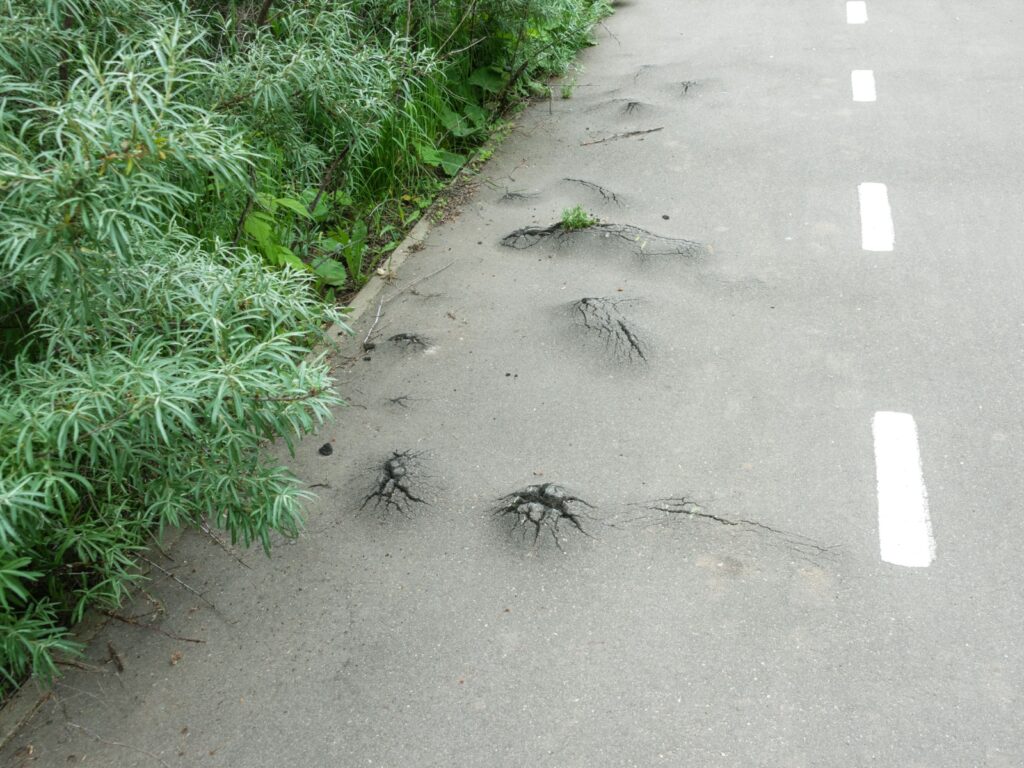
Tree roots are incredibly powerful. In abandoned cities, they push through cracks in sidewalks and roads, breaking apart the concrete over time. This process, called root wedging, can lift and split even thick slabs of pavement. As the roots grow thicker, they can topple walls and destroy foundations. In places like Ta Prohm temple in Cambodia, massive tree roots have become part of the architecture, creating a surreal blend of nature and ruins.
Vines Engulf Buildings
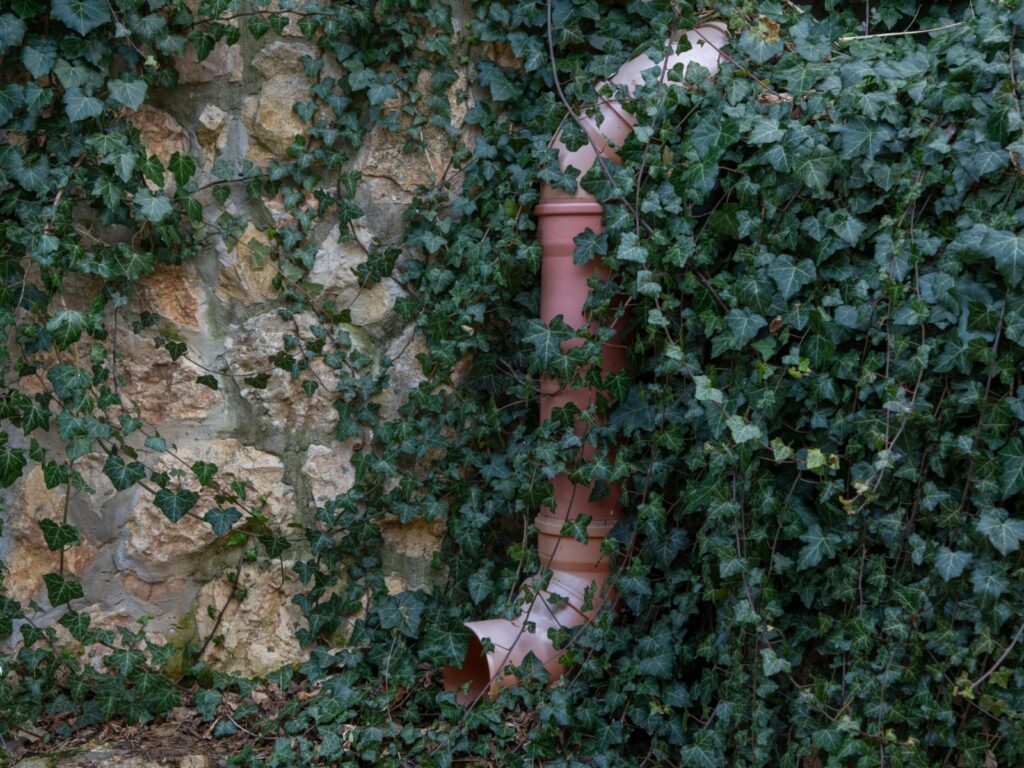
Vines are masters of vertical conquest in abandoned urban areas. Species like kudzu and English ivy can quickly cover entire structures, from small houses to skyscrapers. These plants don’t just grow on the surface; their tendrils work their way into tiny cracks, gradually widening them. Over time, this can cause serious structural damage. In some abandoned areas, vines create green tunnels out of old streets, completely changing the landscape.
Animals Move Into Empty Homes
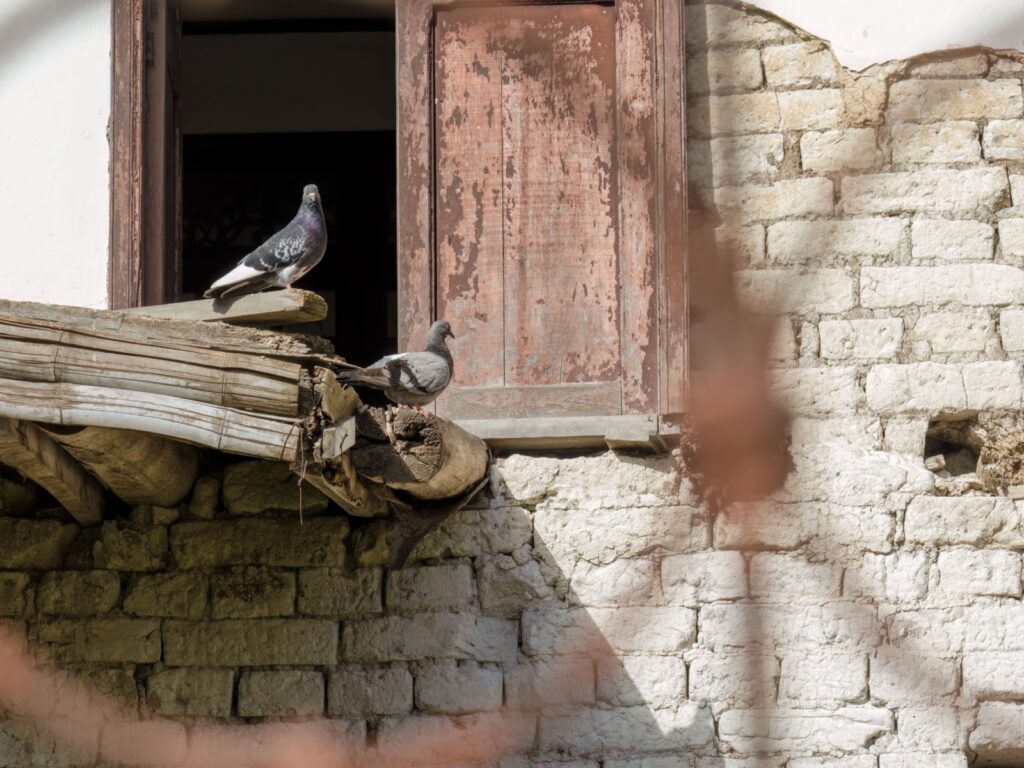
When people leave, wildlife sees an opportunity for new homes. In Chernobyl, for example, wolves, bears, and even European bison now roam the empty streets. Birds nest in broken windows and on rooftops. Smaller animals like rodents and insects move into the buildings themselves, turning old furniture and forgotten objects into cozy habitats. These new residents reshape the abandoned spaces to suit their needs, often in surprising ways.
Moss Carpets Everything
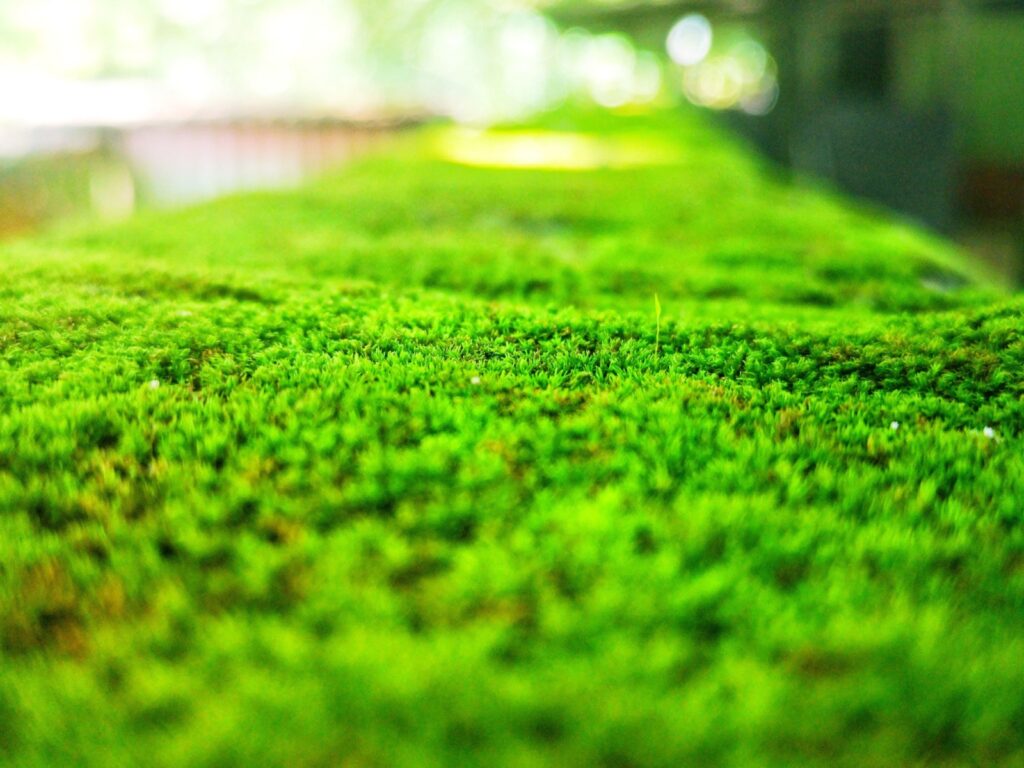
Moss is a pioneer species, meaning it’s often one of the first plants to colonize a new area. In damp, abandoned cities, it spreads rapidly across surfaces like roads, walls, and roofs. Moss doesn’t have roots, so it can grow almost anywhere that has enough moisture. As it spreads, it traps dirt and creates a thin layer of soil, allowing other plants to grow. Over time, entire buildings can be covered in a soft, green carpet of moss.
Lakes and Rivers Reclaim Land

In some abandoned areas, changes in water management lead to flooding. Without humans to maintain dams, clear drainage systems, or pump out water, lakes and rivers can expand and reclaim land. This happened in the abandoned diamond mining town of Kolmanskop in Namibia, where desert sand has flooded into buildings. In other places, deliberate flooding for reservoirs has submerged entire towns, creating eerie underwater ruins.
Forests Sprout in Streets
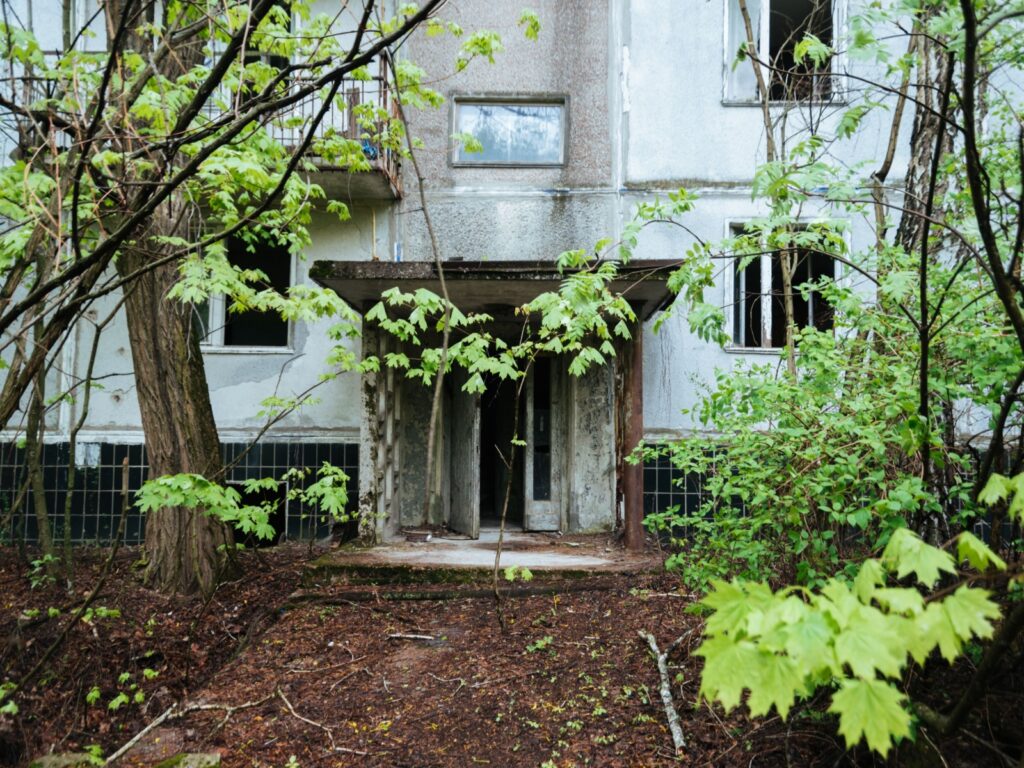
Given enough time, forests can grow right in the middle of abandoned cities. Seeds carried by wind or animals take root in cracks in the pavement. As these trees grow, their roots break up more of the street, creating space for even more plants. In places like Pripyat near Chernobyl, dense forests have grown where busy streets once were. These urban forests become new ecosystems, home to a variety of plants and animals.
Bacteria and Fungi Decompose Structures

Tiny organisms play a big role in breaking down abandoned cities. Bacteria and fungi attack wood, paper, and even some types of stone. They can weaken structures from the inside out, causing them to crumble over time. In damp climates, mold can cover surfaces, breaking down materials and creating an eerie, fuzzy landscape. These microscopic decomposers are a crucial part of nature’s reclamation process.
Weather Erodes Buildings
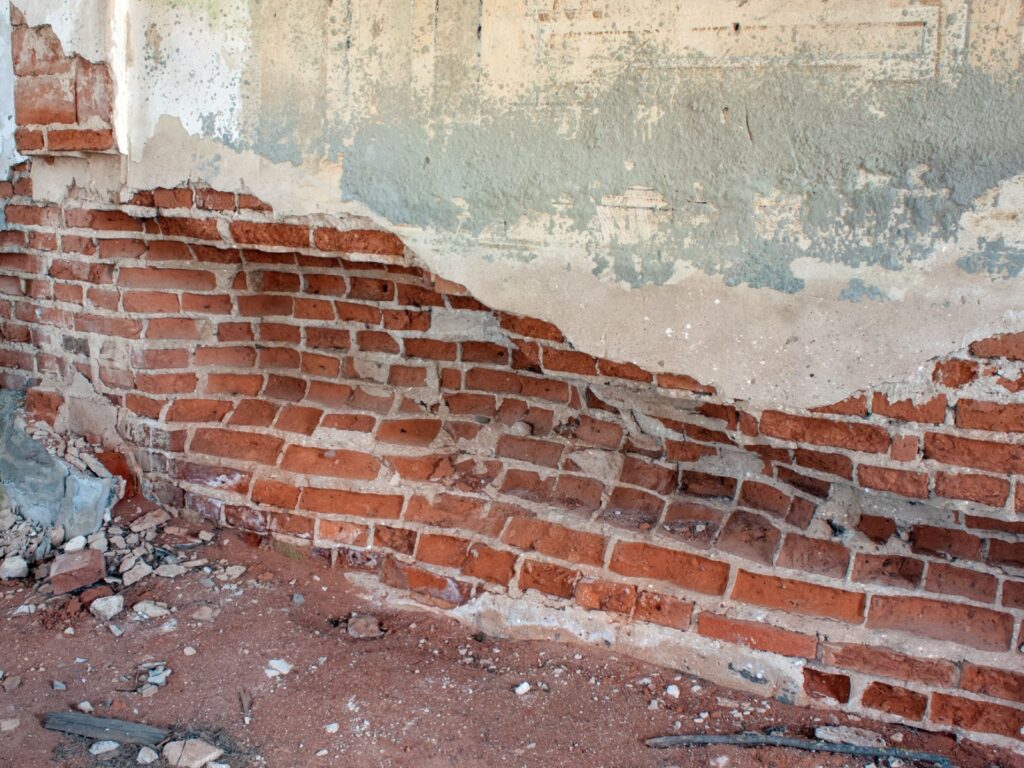
Without regular maintenance, buildings are at the mercy of the elements. Rain, wind, and temperature changes chip away at structures over time. Freeze-thaw cycles in cold climates are particularly damaging, as water seeps into cracks, freezes and expands, then thaws again. In hot, dry climates, sand carried by wind can strip away surfaces like sandpaper. These weathering processes slowly return buildings to their basic elements.
Seeds Sprout in Unlikely Places
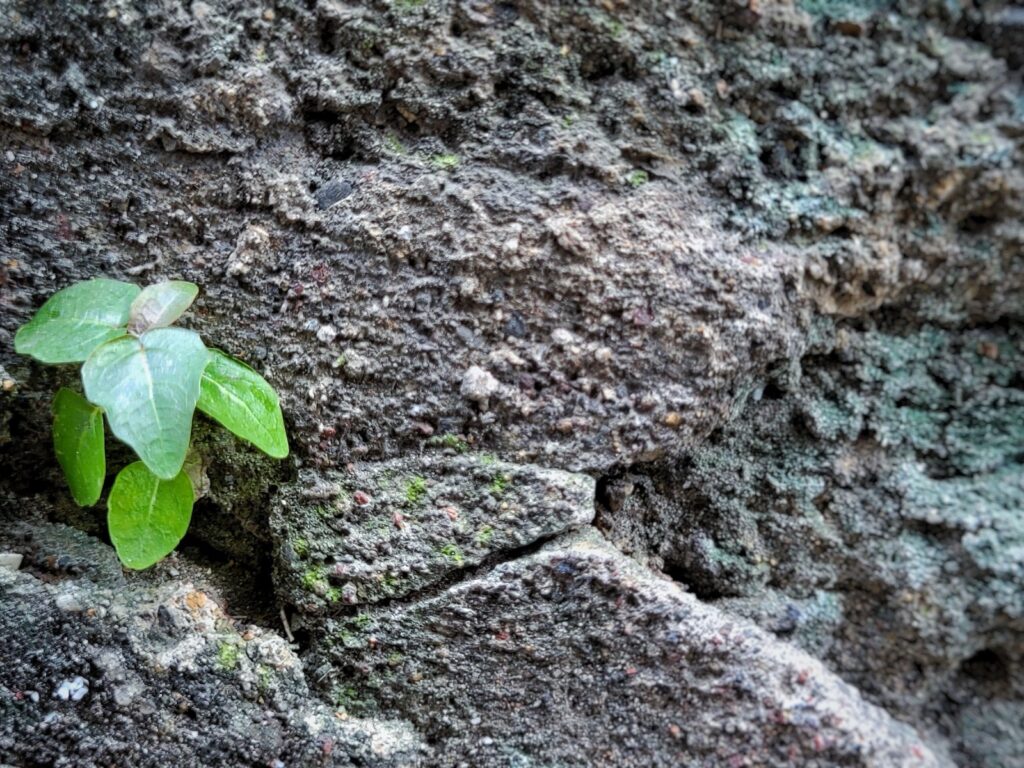
Plants can grow in the most surprising places in abandoned cities. Seeds blown by the wind or dropped by birds can sprout in gutters, on rooftops, and even in the mortar between bricks. These “volunteer” plants often include hardy species like dandelions and birch trees. As they grow, their roots can cause significant damage to buildings. In some cases, entire trees can be seen growing from the tops of old structures.
Algae Blooms in Stagnant Water
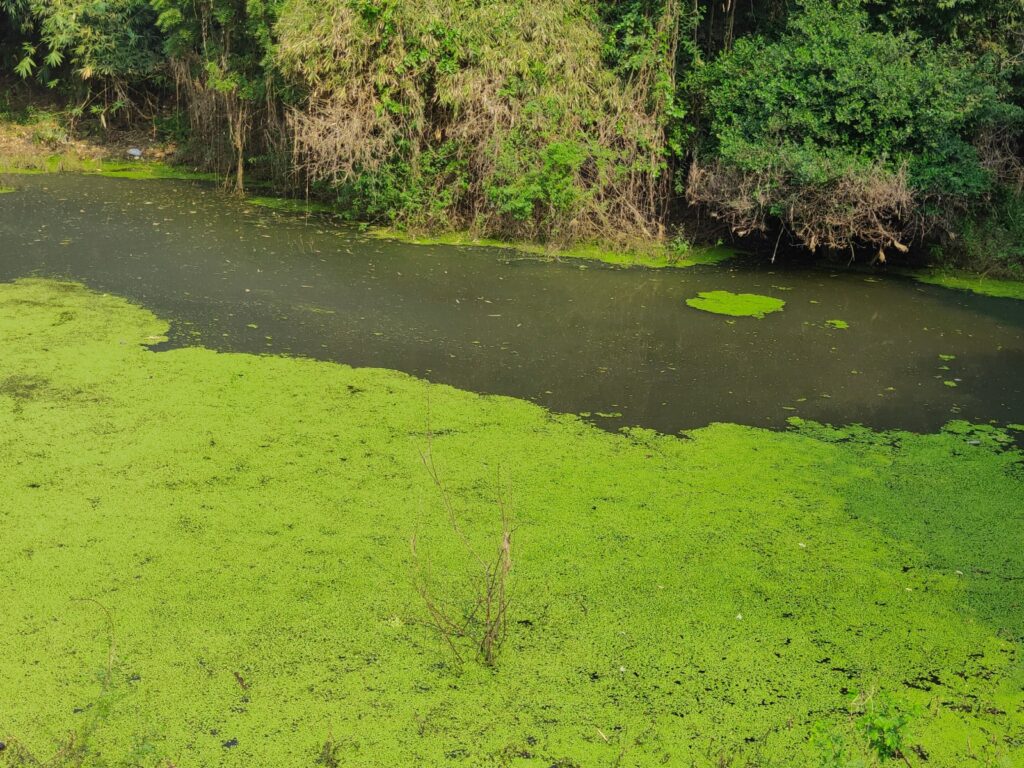
When water systems are left unmanaged in abandoned areas, algae can take over. Stagnant pools, fountains, and even flooded basements become perfect breeding grounds for these simple plants. Algae blooms can turn water bright green or red, creating an otherworldly appearance. While some algae are harmless, others can be toxic, changing the local ecosystem and making the area dangerous for animals and any returning humans.
Sinkholes Swallow Structures
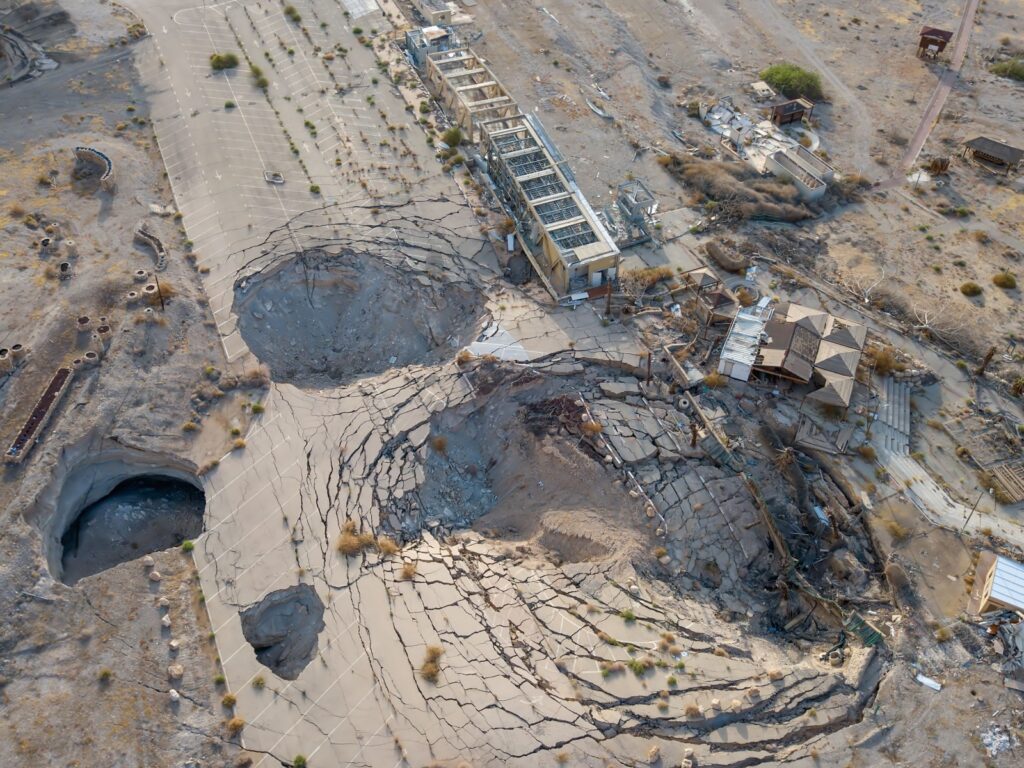
In some abandoned cities, especially those built over mines or in areas with soluble bedrock, sinkholes can form. As underground spaces collapse or erosion occurs beneath the surface, the ground can suddenly give way. This can swallow up roads, cars, or even entire buildings. Sinkholes are nature’s way of reclaiming space both above and below ground, creating sudden and dramatic changes in the landscape.
Becky is a fervent wildlife enthusiast and pet care expert with a diploma in canine nutrition. Her love for animals stretches beyond the domestic, embracing the wild tapestry of global fauna. With over a decade of experience in animal welfare, Becky lends her expertise to OutlandishOwl through insightful articles, captivating wildlife information, and invaluable guidance on pet nutrition. Her work embodies a deep commitment to understanding the intricate lives of animals and a passion for educating others on sustaining natural habitats. Becky's hands-on conservation efforts and her knack for translating complex dietary science into practical pet feeding tips make her an indispensable voice for creatures great and small.




